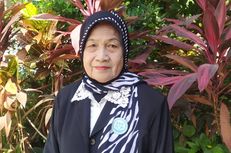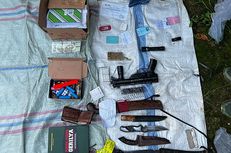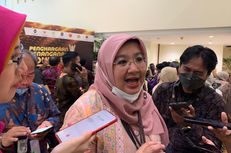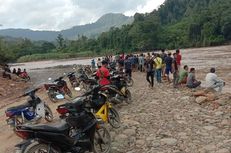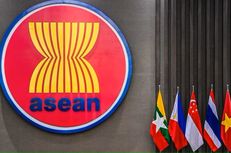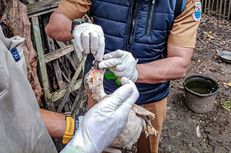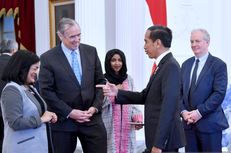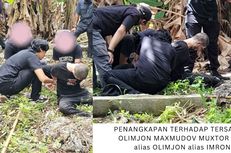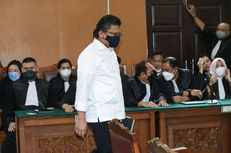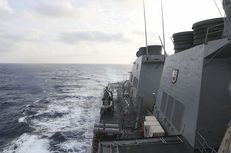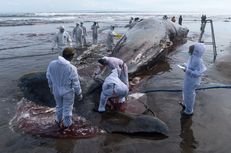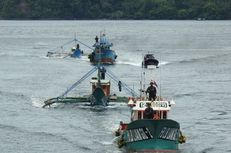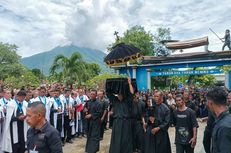Rescued Dolphins Swim Free from Indonesia Sanctuary
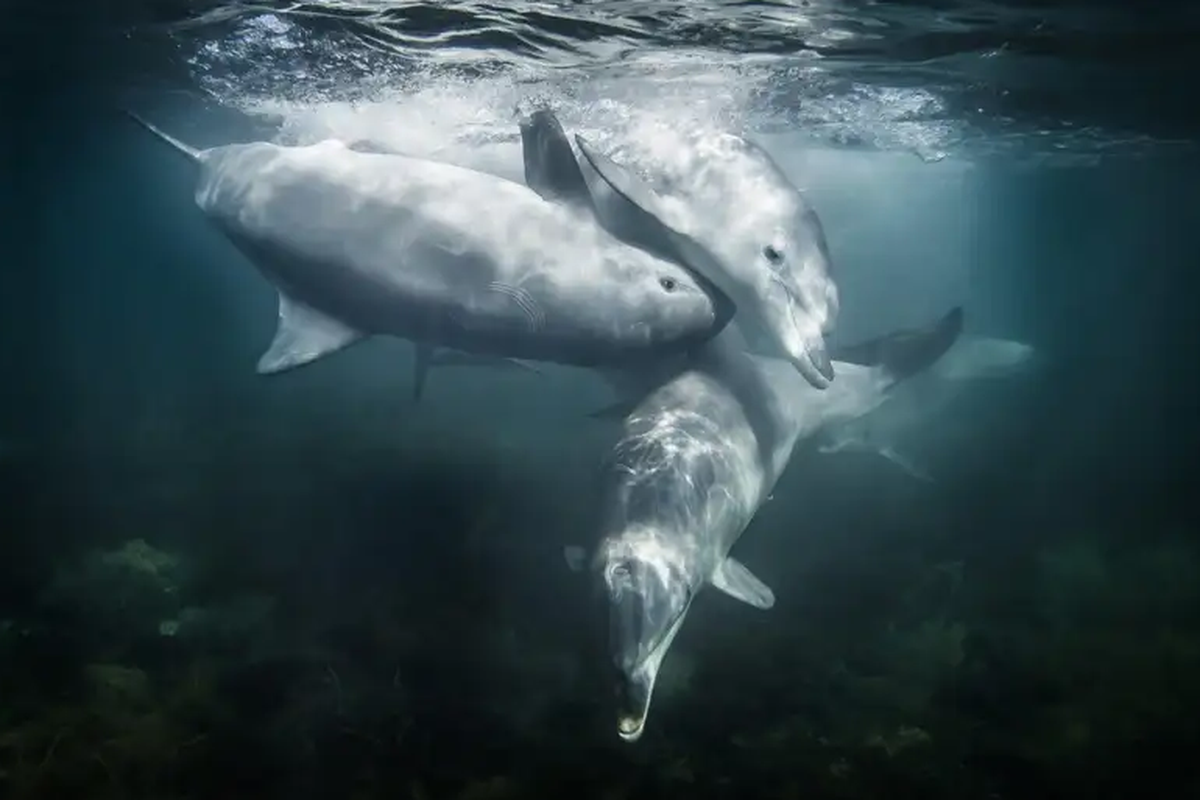
Also read: Save Ecosystems for Future Generations: Indonesian Expert
Dolphins in captivity are carted from town to town, kept in chlorinated water, held in isolation, or forced to interact with tourists, often leading to injuries.
Johnny, the oldest dolphin, had teeth that were worn down to below the gum line when he was rescued in 2019. Earlier this year, dentists provided him with dolphin-style dental crowns so that he can now clamp down on live fish.
Johnny was the first of the three dolphins to swim out to sea.
Ric and Lincoln O’Barry have spent half a century working on saving dolphins from captivity in locations from Brazil to South Korea and the United States. Saturday’s release was their first in Indonesia.
The Indonesian government’s decision to rescue the dolphins followed a decade-long public education campaign that included billboards, artwork, school programs, and a drive asking people not to buy tickets to dolphin shows.
A government minister was at hand to raise the gate at the sanctuary Saturday.
Lincoln O’Barry said the Indonesian sanctuary will continue to be used for other captive dolphins. Similar sanctuaries are in the works in North America and Europe, as more dolphin shows close. With virtual reality and other technology, appreciation of nature doesn’t have to involve a zoo or a dolphin show, he said.
Yet dolphin shows are still popular in China, the Middle East, and Japan.
In Japan, the father and son have drawn attention to the dolphin hunt in the town of Taiji, documented in the 2010 Oscar-winning film “The Cove.” Every year, fishermen frighten and corral dolphins into a cove, capture some to sell to dolphin shows, and kill others for food.
Also read: Rare Sighting of Irrawaddy Dolphins in Indonesia’s East Kalimantan Caught on Video
Whale and dolphin meat is considered a delicacy in Japanese culinary tradition. But Taiji has prompted protests by conservationists for years, including some Japanese.
The three dolphins released in Indonesia were soon kilometers away in the waters. But before their departure, they circled the sanctuary.
“They turned back around and came back to us one more time, almost to say thank you and good-bye. And then they headed straight out to open ocean and disappeared,” Lincoln O’Barry said.
“Where they head next, we don’t know. But we wish them a good long life.”
Source: Associated Press, VOA
Simak breaking news dan berita pilihan kami langsung di ponselmu. Pilih saluran andalanmu akses berita Kompas.com WhatsApp Channel : https://www.whatsapp.com/channel/0029VaFPbedBPzjZrk13HO3D. Pastikan kamu sudah install aplikasi WhatsApp ya.


